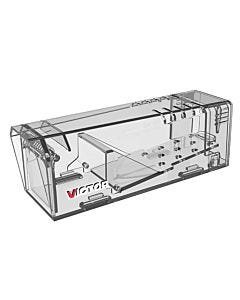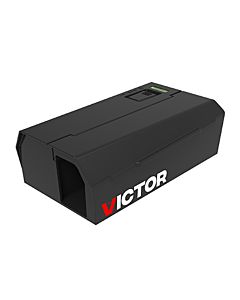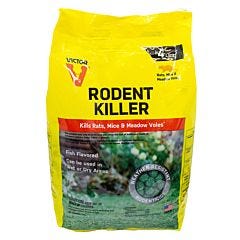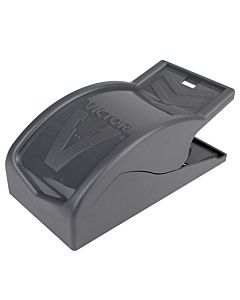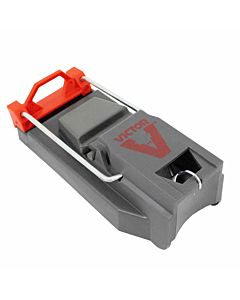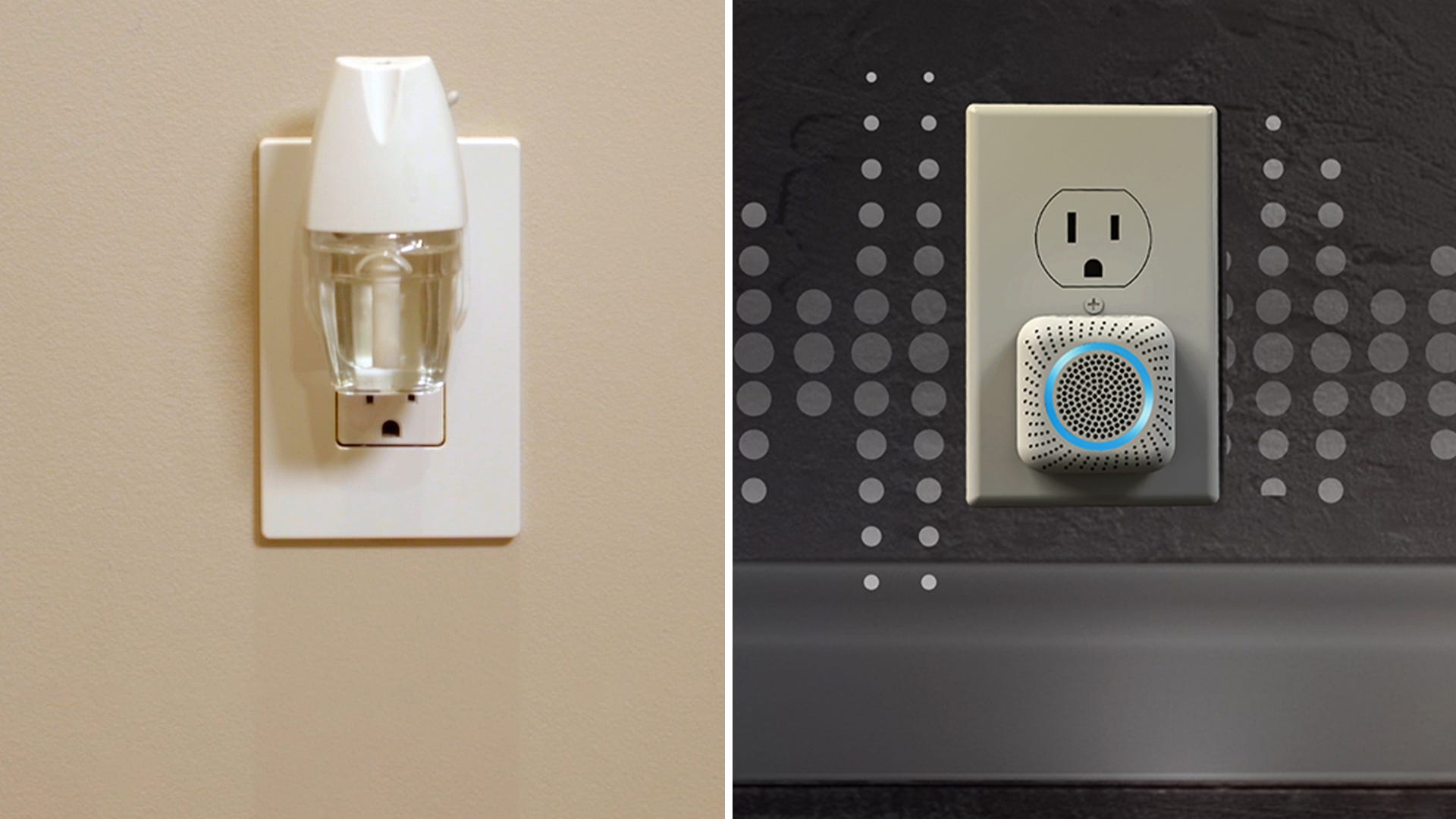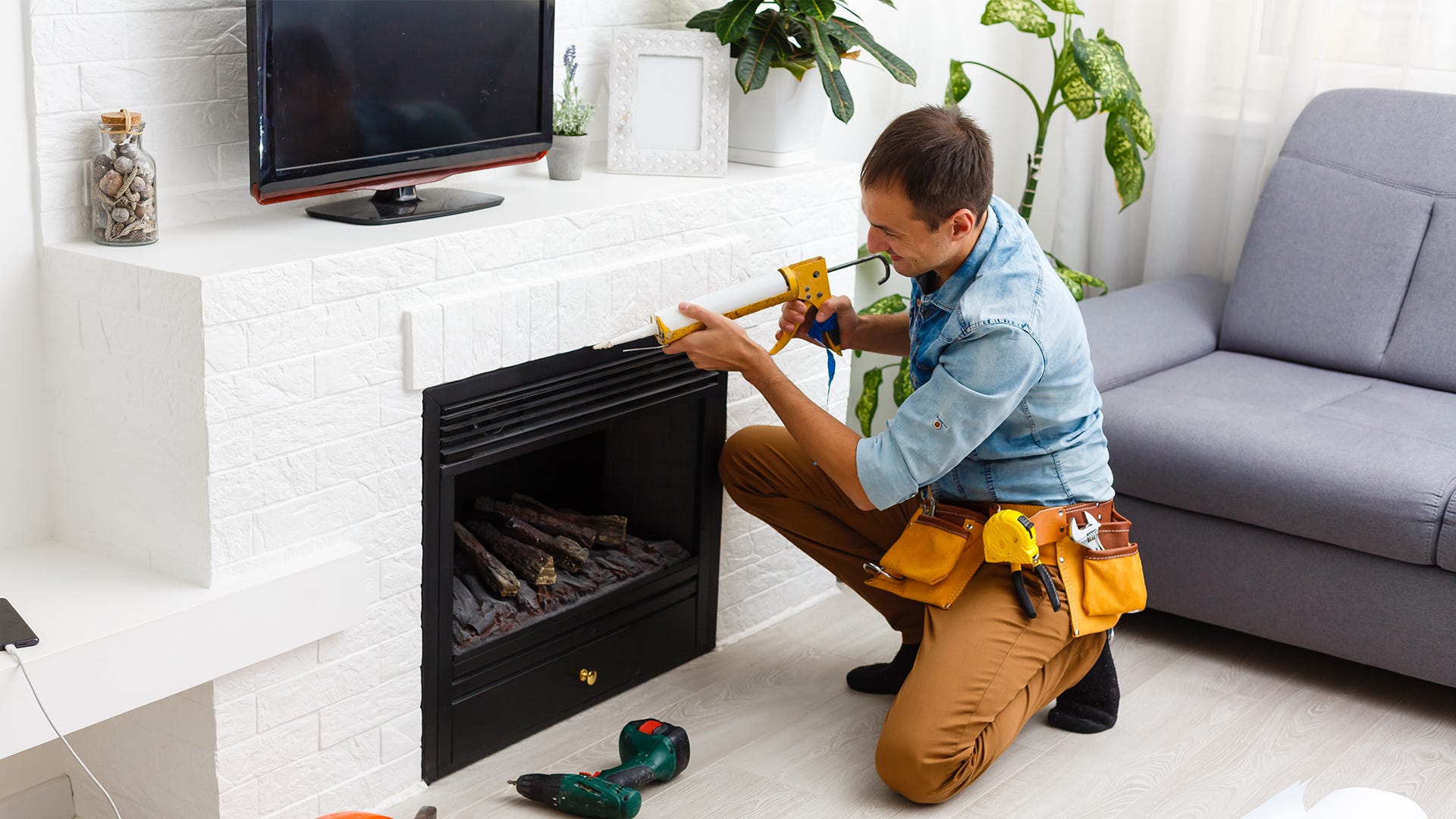
If you’re hearing noises in your chimney, it could be one of a few things. Maybe a wild animal — like a rat or raccoon — is using your chimney as a den. Or perhaps a squirrel or bird has fallen into your chimney and can’t get back out. Regardless of the chimney problem you’re facing, it’s important to approach the situation with caution. Here’s how to safely determine if vermin are in your chimney, and what you can do about these unwanted guests.
Is There a Rodent in My Chimney?
You may not see rats and mice in your home, but there are many reasons to suspect you’re sharing your residence with them. The point of entry could very well be your chimney. The following signs are indications of a mouse or rat infestation:
- Noises – You may hear scratching, rustling, scurrying, and squeaking throughout the house. You’re most likely to hear rats and mice at night because they’re mostly nocturnal. They become active around dusk to begin foraging for food and water. Sometimes they come out during daylight hours, especially if there’s a large enough infestation. When compared to rats, mice are more likely to be active during the day.
- Droppings – Rodents will defecate everywhere they go, so it’s not surprising to find brown staining or droppings near walls, on wall beams, near nests and inside boxes or containers. Typically, droppings are found in cupboards, drawers, behind kitchen cabinets, and anywhere rodents expect to find food.
- Gnawing – Small rodents will chew on insulation, wood, duct work and electrical wiring. They chew to control the growth of their incisor teeth. When it comes to wood, recent gnawing is light colored, the coloring growing darker with age. If you don’t see gnaw marks, you may see fine wood chips or sawdust near door frames, window frames, cabinets, or baseboards.
- Holes in Food Packaging – If food bags have holes in them, it could be an indication that small rodents tried to open them. They may try to open boxes or bags of pasta, rice and grain. Mice and rats might also tear into dog food or cat food bags.
- Urine Trails – Rodents will urinate everywhere, leaving trails behind. They will also make “urinating pillars” made of dirt, grease, and urine.
- Tracks – Where there’s dust, you might see footprints or tail marks. These will indicate the kind of pest you have. Mice have feet measuring 3/8 in or less. Rats have feet measuring 3/4 in to 1 in, and they also drag their tails. Sprinkling flour or talcum powder near suspected access points will help you see footprints.
- Nests – Mouse and rat nests are made of fibrous material such as shredded paper, furniture stuffing, quilt batting, grass and twigs. Nests are typically found in sheltered locations. They can be found in fireplaces if there’s enough space for a mouse or a rat to pull debris inside. If you start the fireplace and notice a strange smell, it could be a nest burning in the chimney.
- Odor – Rodents typically give off a musky odor. A dead rodent trapped in the home can cause an extremely unpleasant odor that can last for the eight weeks it takes for a small rodent to decompose.
- Anxious Pet – Your dog or cat may be more excitable if they see or sniff out a mouse or rat. Your pet may be able to help determine where small rodents are hiding.
Learn more about how to ID your rodent problem here.
How to Remove Rodents from Your Chimney or Vents
If you’re wondering how to get rats out of your fireplace, chimney, or attic, we can help. When addressing a suspected mouse or rat infestation, you should first take a good look at the area. A thorough inspection should provide some indication of how rats and mice may be entering your home, and what parts of the home they’re accessing.
Before attempting to trap and kill them, you must seal the possible entry points. Until you prevent mice and rats from entering your home, more will come. Sealing your home will also make it easier to trap rats or mice since they can’t chew through steel.
The first thing you should do to start controlling the situation is to use traps on actively used rat or mouse trails. When it comes to mouse and rat traps there are a variety of options to consider. Each have their own advantages. Some options include:
- Multi-catch traps
- Snap traps
- Electronic traps
Many consider snap traps to be the most effective way to trap and kill small rodents. Electrical traps zap the rodents with high-voltage shock, killing them quickly and humanely.
Where should you place the traps to target the chimney rodents? If rodents have been using your chimney or roof to access your home, the best solution is to set traps in strategic areas such as:
- Basements
- Attics
- Crawl spaces
- Wall cavities
You might also leave traps close to suspected entry points or paths where you may have seen a higher concentration of feces and urine stains. It may also help to load traps in heating vents to target duct-dwelling rodents. Use a string attached to the trap in case the rodent drags the trap deeper into the ventilation system where you can’t reach it.
Using bait can lure the rodents out of their hiding spots and to the traps. Rats are attracted to meat and peanut butter. Other fragrant baits for small rodents include bacon, cheese, chocolate, and dried fruit.
Check the traps each day, throwing out all trapped rats and mice and then resetting the traps. Remember to wear rubber gloves when handling dead rodents. They often carry parasites and diseases that can be very harmful. Be sure to use double bags when disposing of them to avoid attracting other scavengers!
If the house is properly sealed, you should catch all of the small rodents within 2-3 days. You should keep setting the traps until you’re sure all of the mice or rats have been caught. If it’s taking much longer, there’s a good chance you’ve overlooked another entry hole, and you should re-inspect the house.
Once the rodents have been removed, you should clean and deodorize your home, paying close attention to the former rodent entryways. Be sure to vacuum their droppings and replace soiled insulation.
Have a Rodent Problem? Victor® Can Help!
Prevent Rodents from Entering Your Chimney
There are a number of ways to keep small rodents from entering your home through the chimney or vents. Examine the following for cracks and holes:
- Chimney siding
- Roof vents
- Ground level vents
- Dormer vents
- Loose siding
- Fascia boards
- Roof lines
- Plumbing stacks
- Eaves
- Pipes
If holes for cables, pipes or wires are large enough, small rodents will use them to enter. Seal any problem areas with steel mesh. Rats and mice can chew through most other materials. Other precautions to prevent intruders include the following:
- Clean Your Chimney – A professional cleaning will help determine if there are gaps or cracks for small rodents to fit into.
- Close the Damper– A damper in the chimney is a metal door just above the firebox. When the damper is open, smoke and gas from a lit fire escape up the chimney flue. When closed, the damper prevents drafts and heat loss. It adjusts using a lever or chain to regulate air flow. For a small rodent, a chimney may resemble a hollow tree, which can be an ideal place to build a nest. Without a damper in place, rodents will climb down chimneys into the home. Keep the damper closed when the fireplace is not in use.
- Cap the Chimney – You should install a mesh-covered chimney cap to keep small rodents from entering. Be sure to choose the right cap for your chimney. You don’t want to decrease air flow too much, which can lead to a chimney fire.
- Repair Cracks and Crevices – Most rodents enter attics through small holes or through openings like soffit vents or chimney pipes.
- Keep Your Home Clean — Inside and Out – Make your home less inviting to rodents. Eliminate easy food sources and seal food in containers. Don’t leave food out overnight and clean up spills and crumbs. Remove easily accessible food sources outside your home. Keep garbage lids closed, feed pets inside the home and cover compost with a heavy lid.
Keep Your Home Rodent Free
Because of their small size, it’s easy for rodents to sneak into your home and make small spaces their own. Victor® wants to provide you with the comfort of knowing that you can stop current rodent problems and prevent future infestations. Sign up for our e-newsletter to receive other great information and advice, as well as exclusive updates on our products. Then visit us on Facebook to share your own mouse-spotting stories or pictures.

